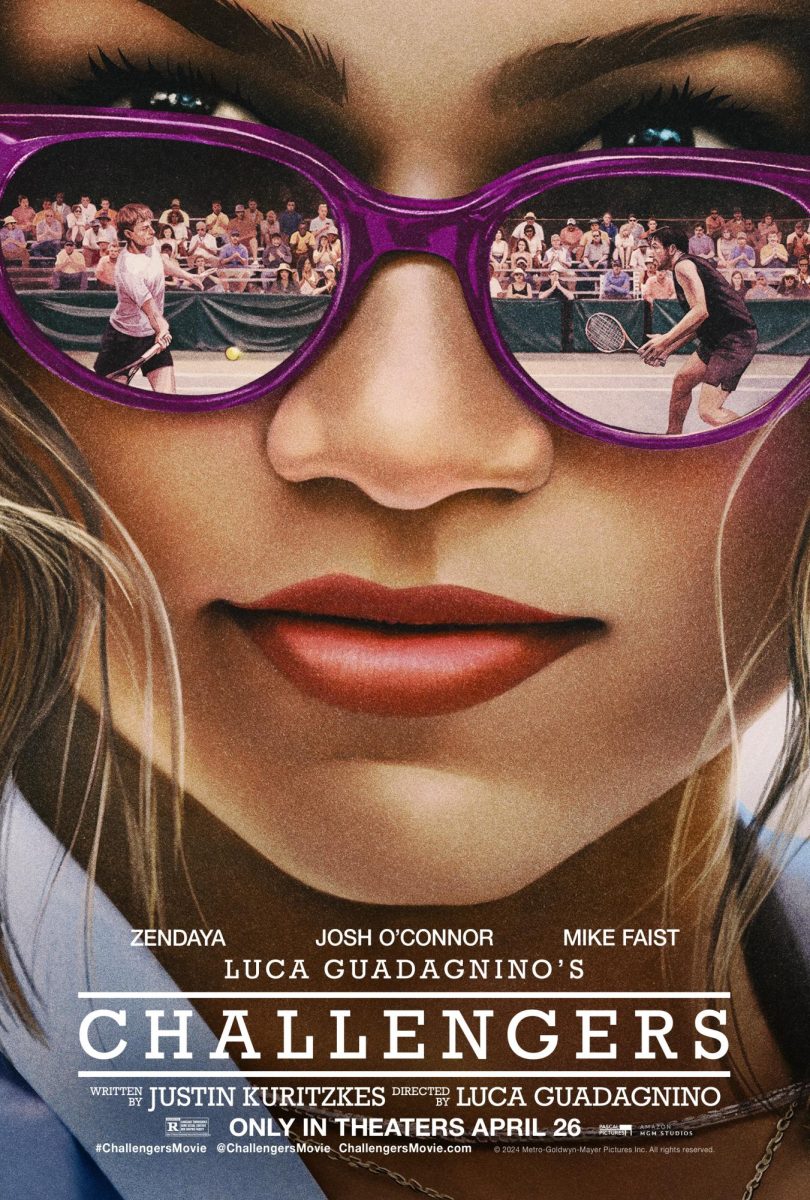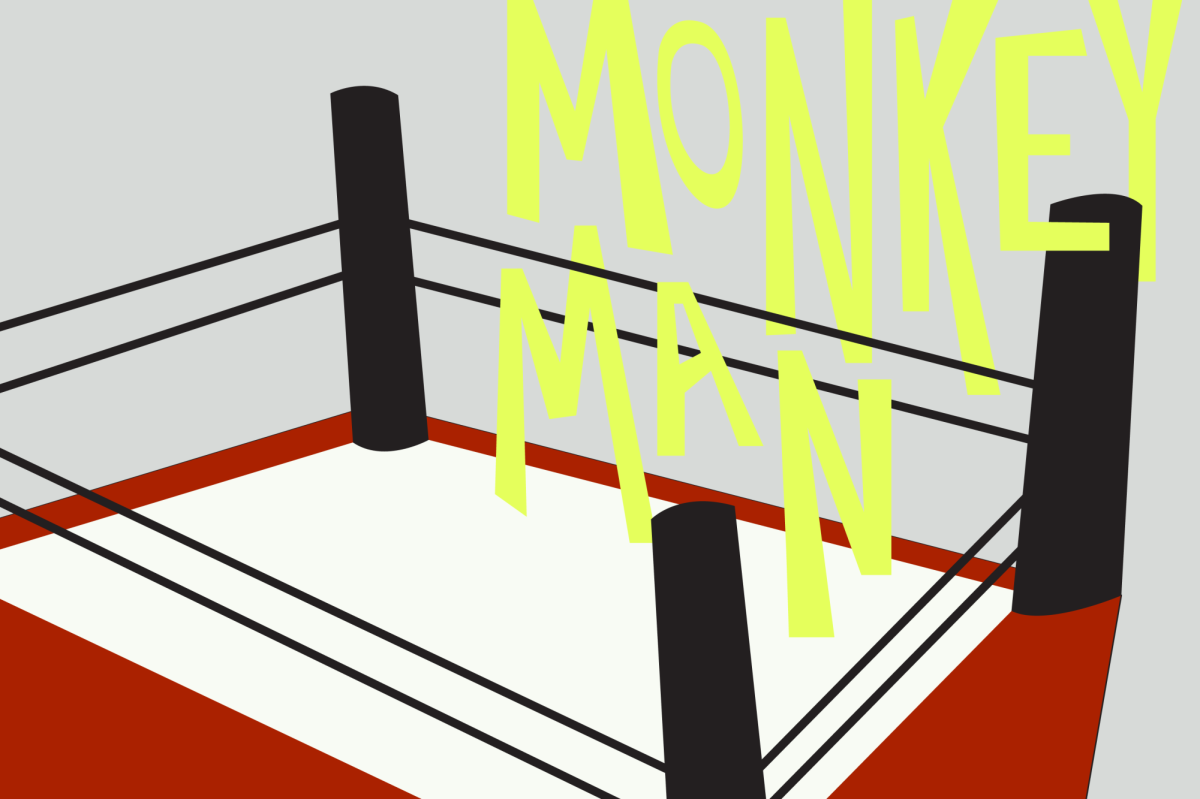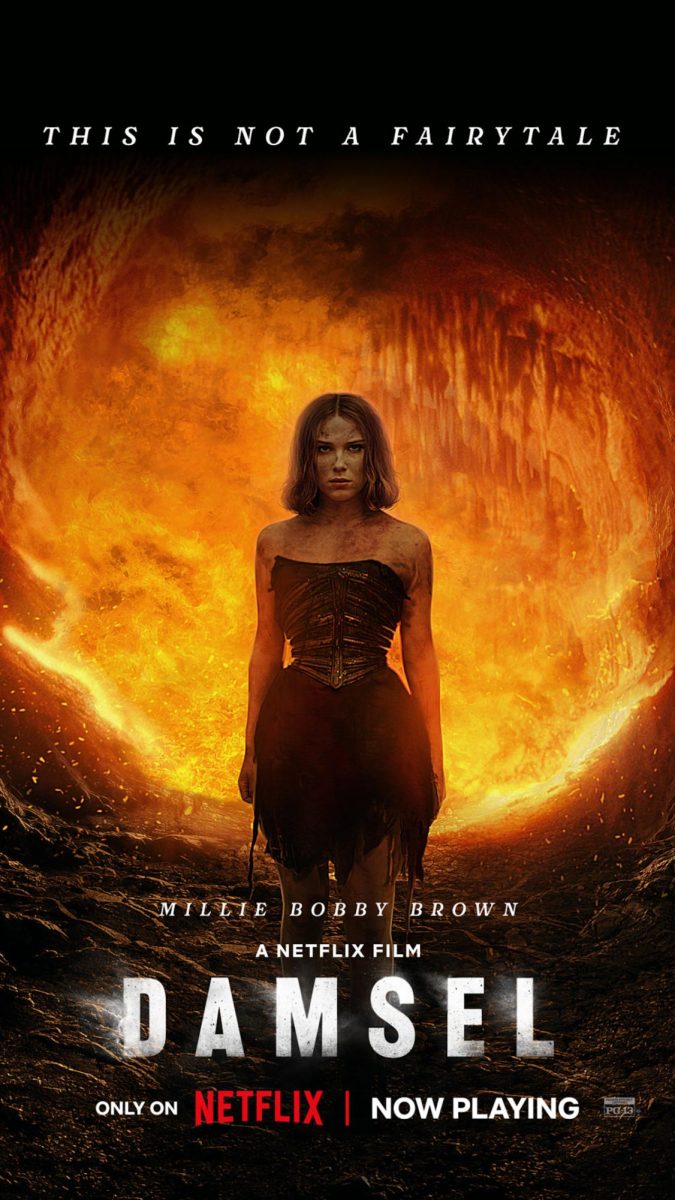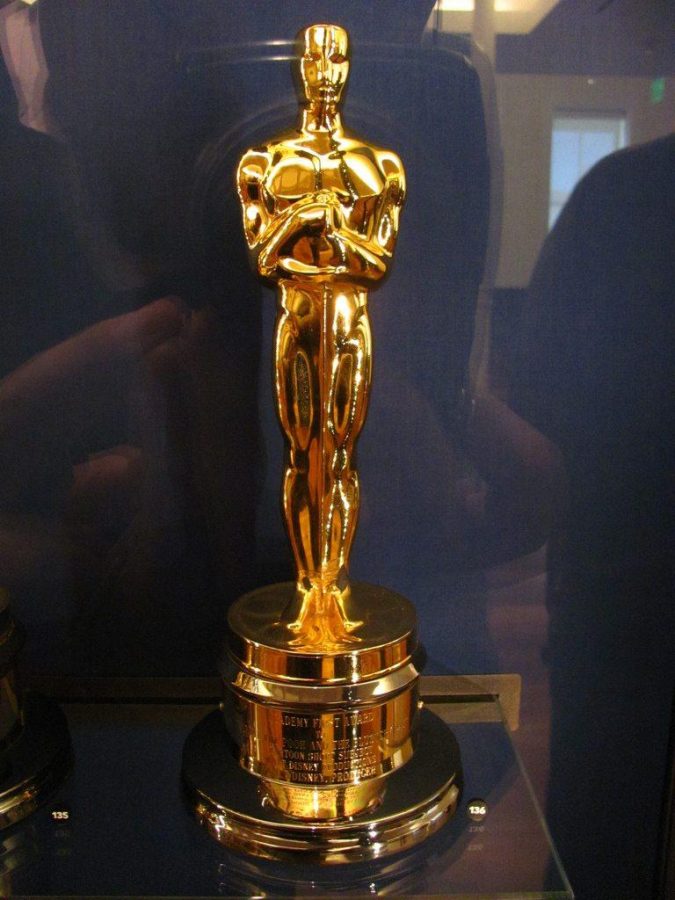Warning: This article contains spoilers for “Three Billboards Outside Ebbing, Missouri”
Some people just want to watch the world burn. Coincidentally, a lot of those people also make really good movie protagonists. In the small, fictional town of Ebbing, Missouri, town outcast Mildred Hayes (Frances McDormand) is reeling after the brutal murder and rape of her daughter, Angela. Feeling frustrated that the police investigation has stalled, she rents out three billboards calling out police chief Bill Willoughby (Woody Harrelson) for his inaction. The billboards spark an angry reaction in the town, especially from Jason Dixon (Sam Rockwell), a police officer known for his brutality and targeting of Ebbing’s black residents. As the film devolves into escalating patterns of anger and violence, both the characters and the audience discover a surprising capacity for cruelty and hatred at the town’s core.
McDormand is the film’s clear anchor, and her remarkable work undoubtedly elevates the film. She gives a completely fearless performance utterly uninterested in likability or redemption. Martin McDonagh’s script dismantles any stereotypes of a mother in mourning. For Mildred, rage and grief are in constant competition, ultimately rendering each other unrecognizable. In McDormand’s hand, Mildred is always compelling and surprisingly sympathetic: she has a keen sense of justice that usually leavens her penchant for malice. The film’s most striking images are of Mildred’s simple presence, exuding supreme confidence as she struts around town in her dirty blue coveralls. At this point, McDormand is a clear frontrunner for Best Actress and it’s not hard to see why. Her work is singular and complex in a way that too few actors, especially female ones, are ever allowed. In “Three Billboards,” she moves beyond performance into a force of nature.
McDormand is certainly aided by McDonagh’s screenplay (McDonagh also directed the film.) His work in “Three Billboards” is all staccato punches of tragedy and comedy, often in the same scene. His willingness to take tonal risks is one of the film’s most thrilling aspects. On a surface level, he has an ear for dialogue — his screenplay often transforms vulgarity into a kind of poetry and the actors are clearly having a lot of fun with his brand of righteous indignation.
Despite the many things done right, this film’s handling of racial politics is troubling, and by the end of the film these issues had overtaken the film’s many assets. In Ebbing, it is openly acknowledged that the police department is prejudiced toward black people. In one uncomfortable scene, three straight white characters freely use the words n****r and f*g to describe police discrimination in Ebbing. In another brutal moment, Officer Dixon attacks a resident without justification in a moment of personal anguish. Presumably, these scenes are included to discuss social issues in an honest, unfiltered way, giving an audience the sense that Mildred’s anger is anchored in larger injustice. It is easy to view Mildred as a symbol for our infuriating political climate (a headline in the New Yorker half-joked that “the Oscar statuette needs a pair of Frances McDormand coveralls and a pussyhat”). Yes, in a vague sense the film’s rage can be cathartic, but in the film’s broader context it starts to feel flimsy.
For all of the film’s talk about race, black characters are curiously absent in the film. The few racial minorities in the cast have no character arc or interiority, instead they are used to support the journey of the white main characters. When these characters use slurs or act with prejudice, it becomes increasingly unclear if the audience should gasp, laugh or hiss.
Toward the end of the film, Officer Dixon is (justifiably) fired from his job and in a particularly low point, he escapes from a burning building, suffering severe burns. The film uses this moment of despair as a turning point for Dixon’s ultimate redemption: he is subsequently forgiven by his assault victim and he works to find a lead on Angela’s murder case. Dixon and Mildred ultimately break a truce and the film ends with the pair preparing to confront a man they believe to be a brutal rapist.
The resolution of Dixon’s character arc is where the film truly unravels. The tone of these scenes clearly lead audiences to believe that Dixon has truly reformed, and even suggests that we could root for him and Mildred as sources of vigilante justice. This redemption is handled clumsily, and the results are both narratively and ethically suspect. Dixon never really makes amends for his past behavior, or genuinely confronts the possible implications. His change-of-heart is never fully analyzed or explained: it simply happens, while characters marginalized in society remain marginalized by the film itself. The film’s motivations in reforming Dixon feel cheap, like a New York Times profile on Trump voters reminding you that bigots can also help their neighbors and love their moms. Of course this is true, but acknowledging that fact is much different than engaging with — let alone saying something interesting about — American race relations.
I admit that these complaints make me feel like a prude or a wet blanket making art compete to be the most “woke.” Films should have room to depict gray areas and ugly truths without moral grandstanding. Filmmakers are artists, not social justice advocates, but when “Three Billboards” depicts explicit racism and police brutality without giving much voice to the characters most affected by these issues, it sours the entire film. Ultimately, the film’s attempts at social satire only register as empty provocation.
It’s worth noting that plenty of writers and critics have questioned the film’s relationship with race. Even still, the film has remained an awards-season favorite. It has won both the SAG Award for Best Ensemble and the Golden Globe Award for Best Picture, both of which aren’t considered major precursors for the Oscar race. In supporting this film, maybe the Academy can have their cake and eat it, too: they can vote for a film that discusses prevalent social issues while still rewarding artists within the straight, white status quo. Even I can admit that at its best, “Three Billboards” is raucous, brash and entertaining. However, in an Oscar race filled with progressive, socially conscious work, rewarding this film would feel sadly regressive. “Three Billboards” is a film that desperately wants to satirize American small-town value, but in its most ugly moments, it merely replicates them.
@JoshPetersen7
















tommy • Feb 6, 2018 at 5:41 pm
I wanted a 16hr movie where they have the new chief tripping dixon when he comes downstairs after red beat down.flashback of dixon racism and future trial for red attack. And, And showing what planet willoughbys wife came from. but I never get what movie I want.